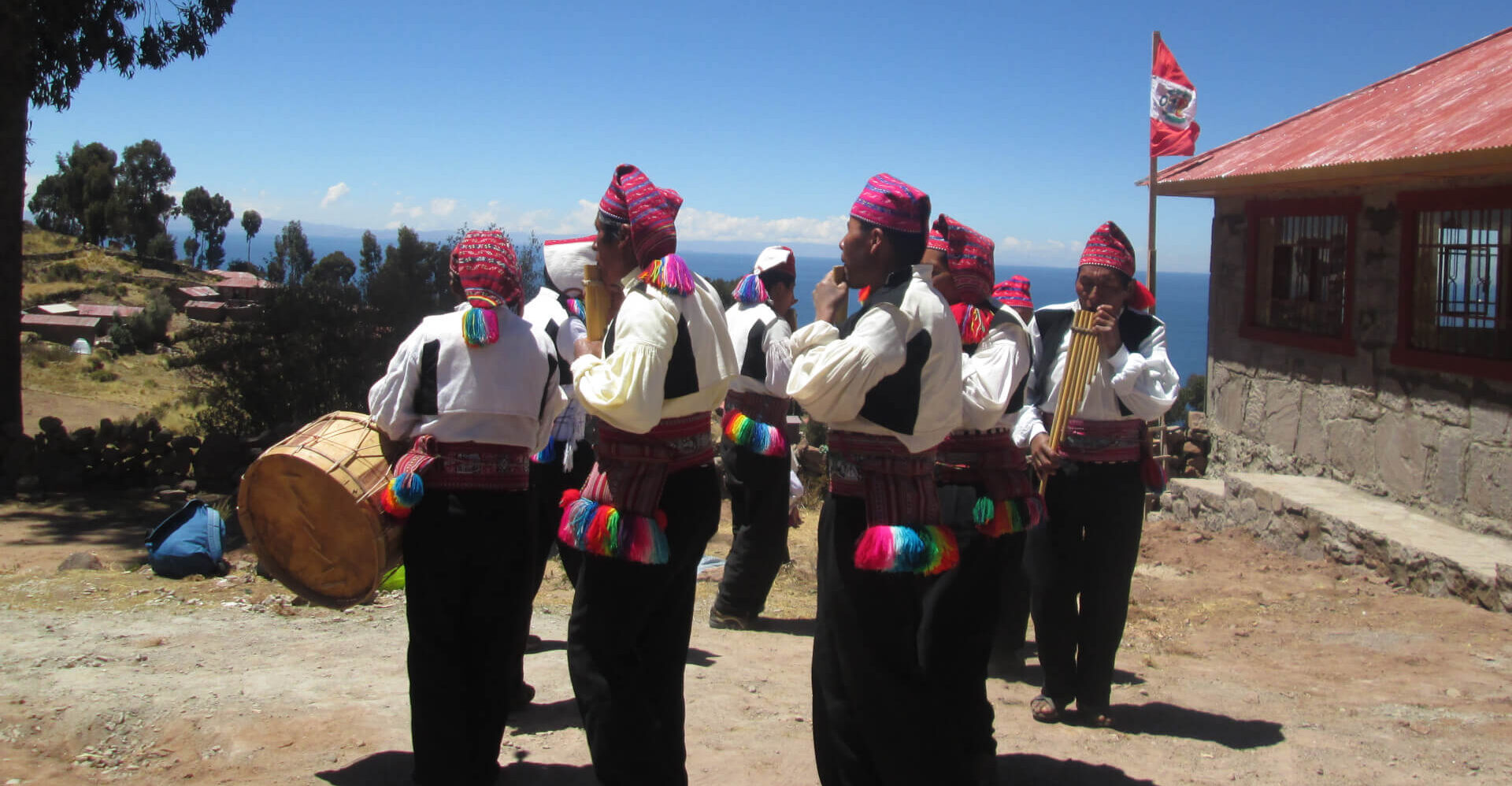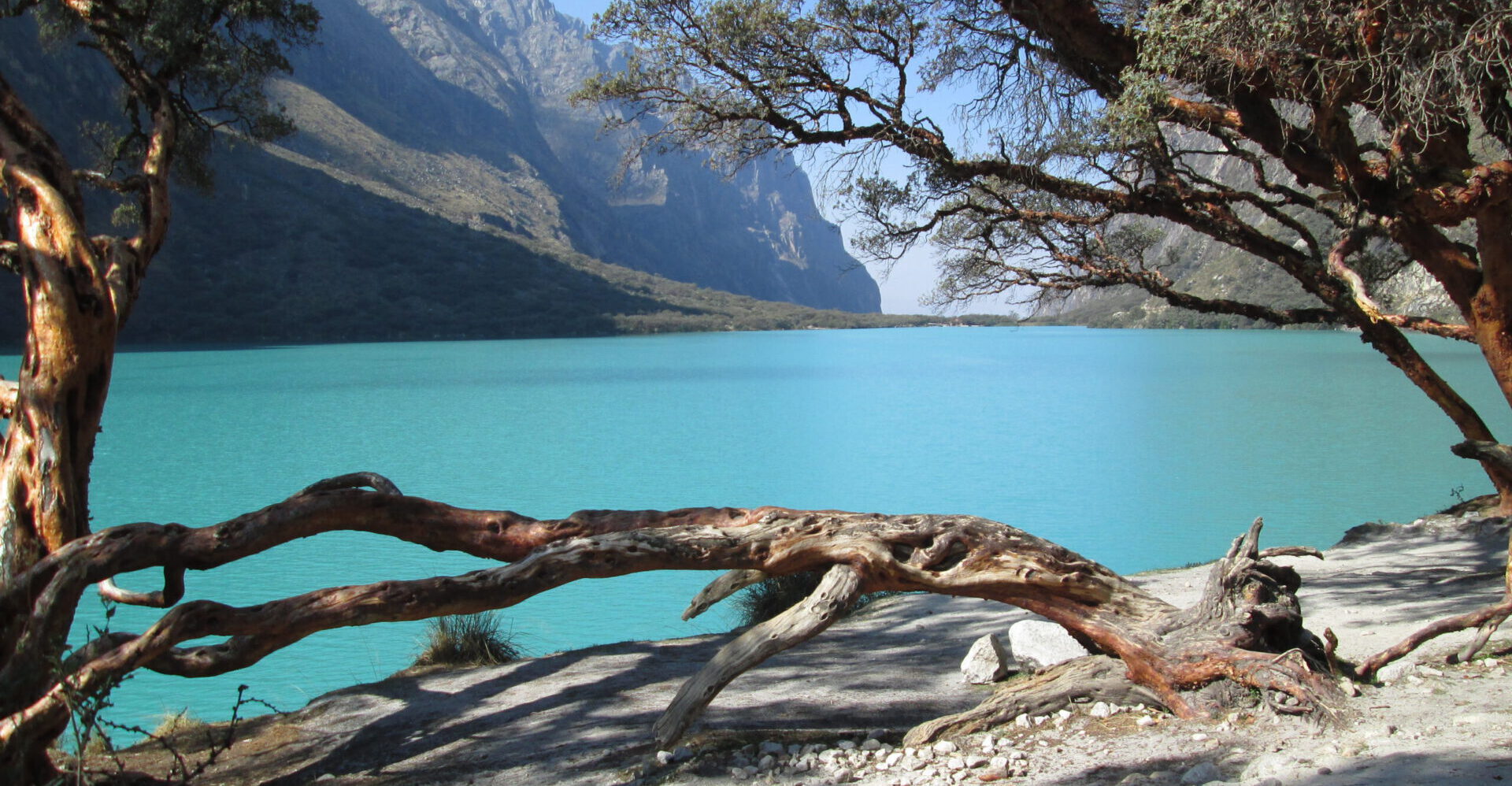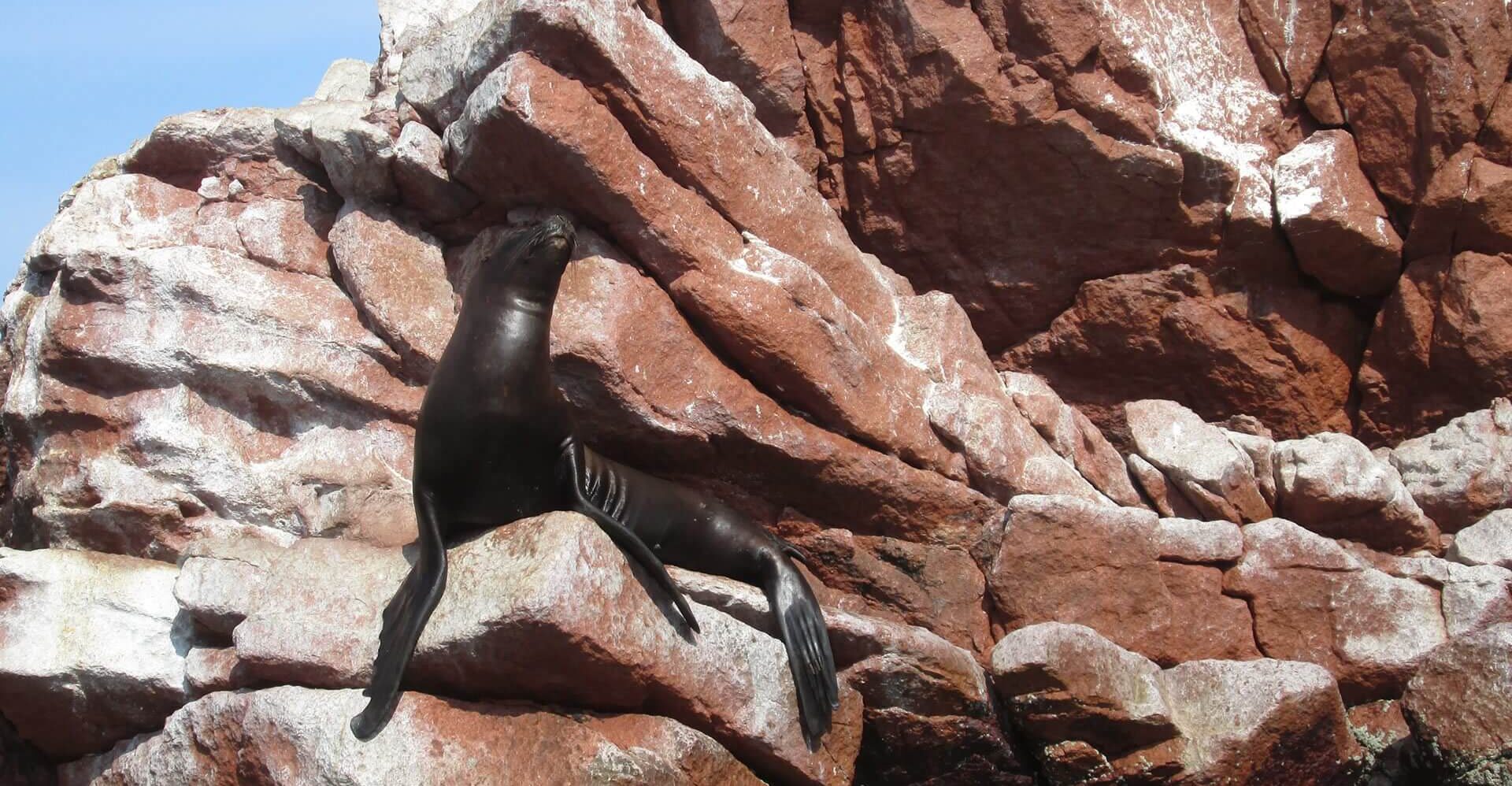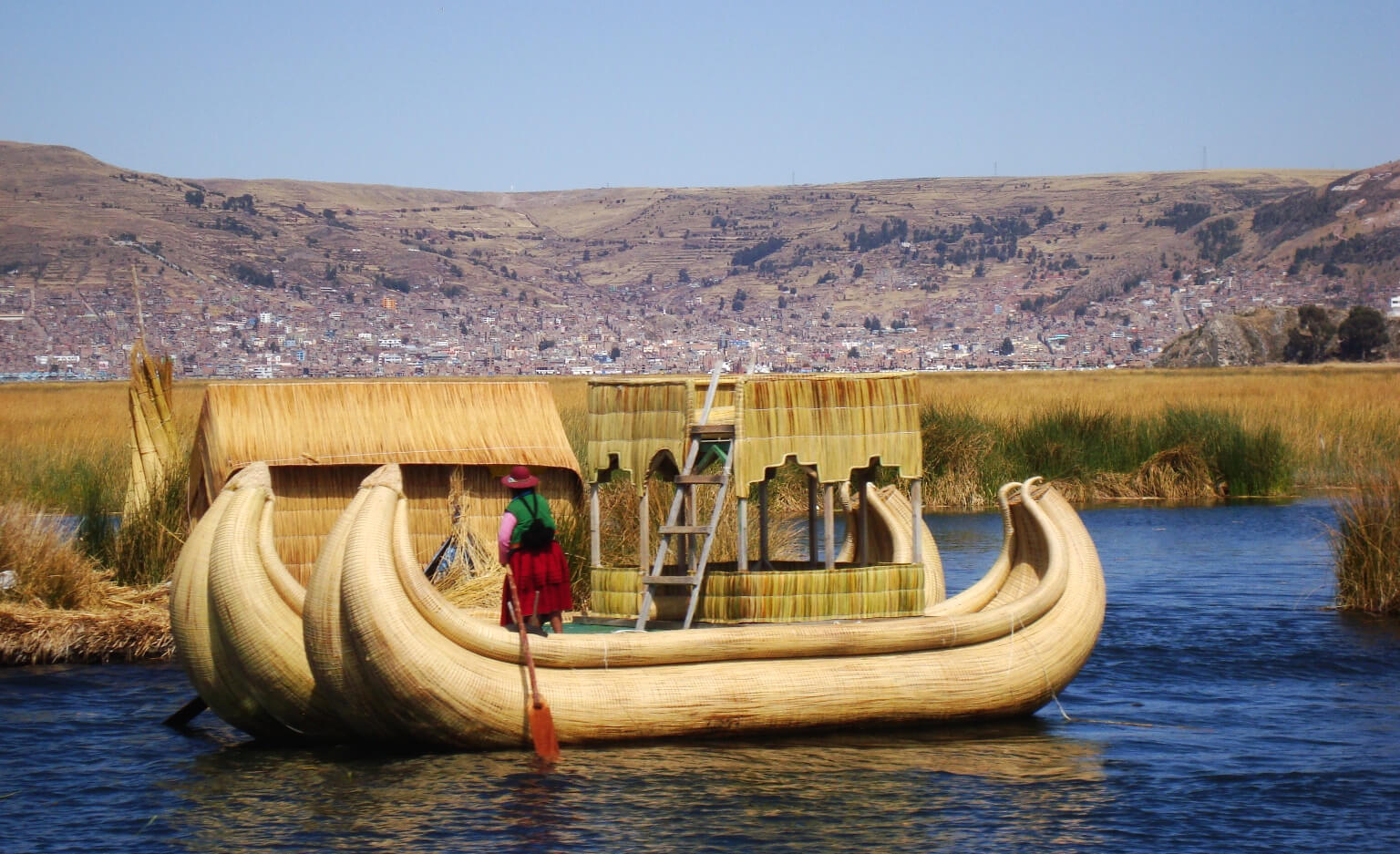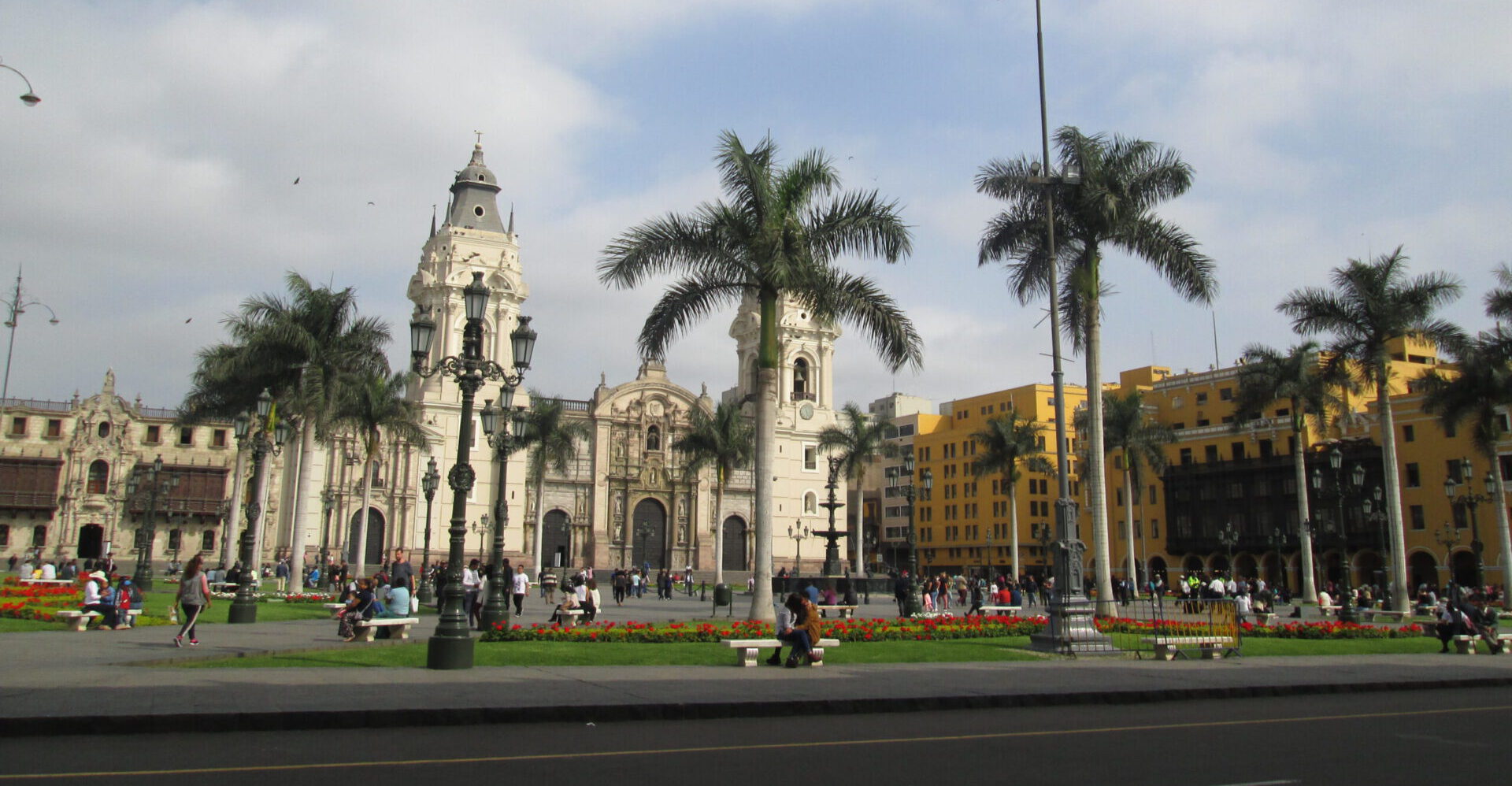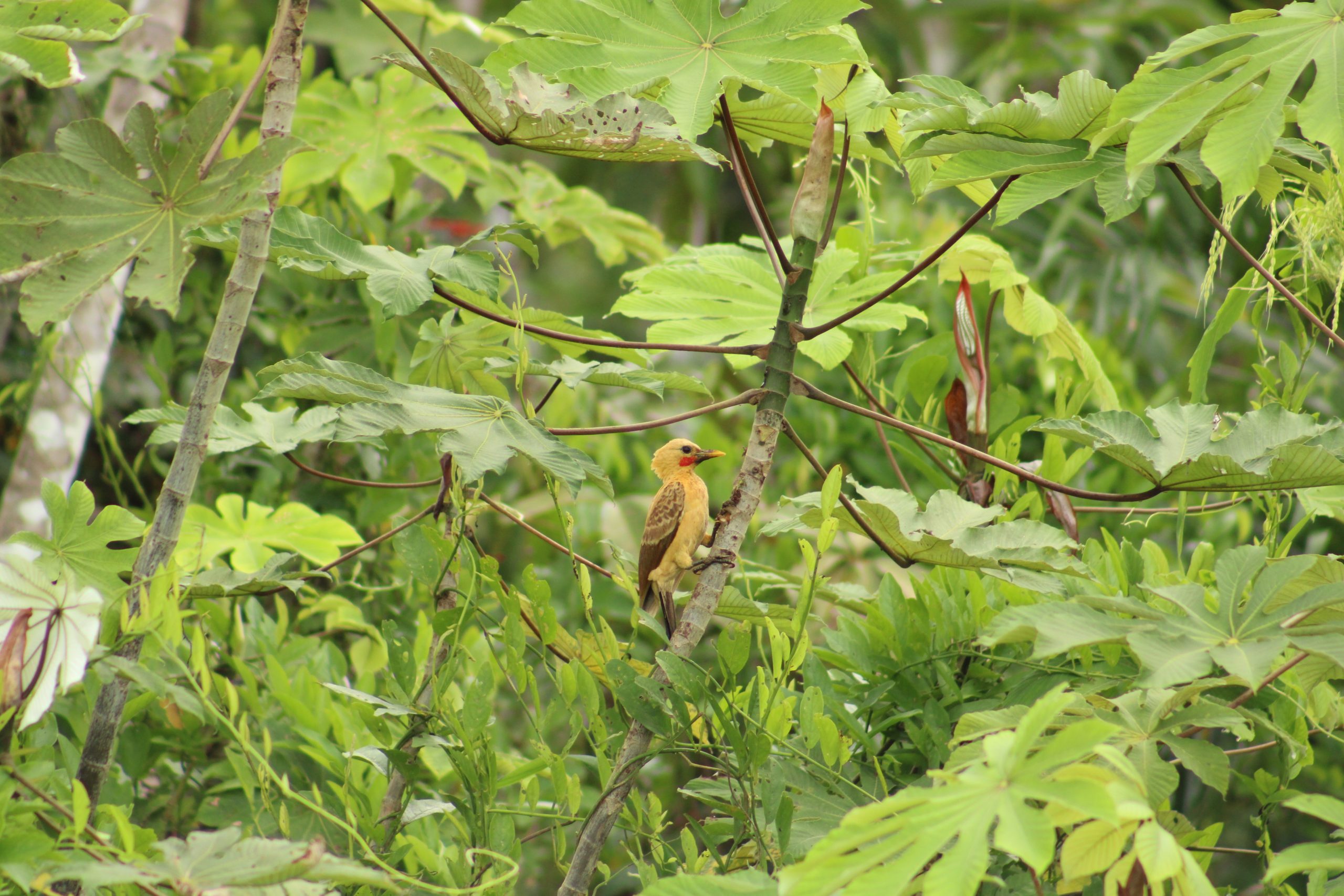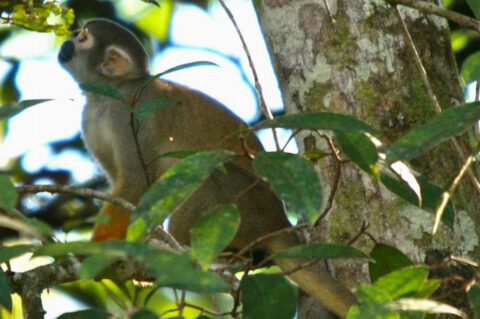DAY 01: Arrival & Welcome
Our guides are tourism professionals, or community members. Unless noted otherwise, our guides speak English. We assign guides at 6:1 ratio in Tambopata Research Center. This means groups smaller than 6 people will be merged with other groups under one guide.
Upon arrival from Lima or Cusco, we will welcome you at the airport and drive you ten minutes to our Puerto Maldonado headquarters. While enjoying your first taste of the forest in our gardens we will ask you to pack only the necessary gear for your next few days, and leave the rest at our safe deposit. This helps us keep the boats and cargo light.
Skirting Puerto Maldonado, we drive 20 kilometers to the Tambopata River Port, entering the Native Community of Infierno. The port is a communal business.
The two and a half hour boat ride from the Tambopata Port to Refugio Amazonas will take us past the Community of Infierno and the Tambopata National Reserve´s checkpoint and into the buffer zone of this 1.3 million hectare conservation unit.
Boxed Lunch.
Upon arrival, the lodge manager will welcome you and brief you with important navigation and security tips.
You will have the option of hiking out at night, when most of the mammals are active but difficult to see. Easier to find are frogs with shapes and sounds as bizarre as their natural histories.
Dinner and Overnight at Refugio Amazonas Lodge.
DAY 02: CANOPY & CLAY LICK
Breakfast.
A thirty minute walk from Refugio Amazonas leads to the 25 meter scaffolding canopy tower. A bannistered staircase running through the middle provides safe access to the platforms above. The tower has been built upon high ground, therefore increasing your horizon of the continuous primary forest extending out towards the Tambopata National Reserve. From here views of mixed species canopy flocks as well as toucans, macaws and raptors are likely.
Four and half hours by boat from Refugio Amazonas, in the pristine heart of the reserve, lies the Tambopata Research Center. One and half hours into our boat journey, as we cross the confluence with the Malinowski River, we will leave the final traces of human habitation behind. Within the 700,000 hectare uninhabited nucleus of the reserve, sightings of capybara, caiman, geese, macaws and other large species will become more frequent.
Two hours from Refugio Amazonas, deep in the Tambopata National Reserve we will stop at the Chuncho claylick. After a brief walk (~5 minutes) we will have the chance to see dozens of large macaws feeding on the special sodium rich clays of the riverbank. The Chuncho claylick probably attracts more large macaws than any other claylick in the world and the sight of dozens of macaws taking flight is truly unforgettable. The details of our stopover will depend on the weather and the amount of macaw activity, as the birds don’t visit the clay lick when it is raining
Lunch.
Pond Plataform.
Ten minutes upriver from the lodge is a tiny pond with a platform in the middle. It is a great place to spot waterfowl such as Muscovy duck, sunbittern and hoatzin along with the woodpeckers, oropendolas, flycatchers and parakeets that call this pond their home.
Dinner and night walk.
You will have the option of hiking out at night, when most of the mammals are active but rarely seen. Much easier to find are frogs with shapes and sounds as bizarre as their natural histories.
Overnight at Tambopata Research Center
DAY 03:The Macaw Clay Lick
On most clear mornings of the year dozens of large macaws and hundreds of parrots congregate on this large river bank in a raucous and colorful spectacle which inspired a National Geographic cover story. Discretely located fifty meters from the cliff, we will observe Green-winged, Scarlet and Blue-and-gold Macaws and several species of smaller parrots descend to ingest clay. Outings are at dawn when the lick is most active.
Floodplain Trail
This five kilometer trail covers the prototypical rain forest with immense trees criss-crossed by creeks and ponds. Amongst the figs, ceibas and shihuahuacos we will look for Squirrel, Brown Capuchin, and Spider Monkeys as well as peccaries. TRC is located within this habitat.
Lunch.
Pond Platform
Ten minutes upriver from the lodge is a tiny pond with a platform in the middle. It is a great place to spot waterfowl such as Muscovy duck, sunbittern and hoatzin along with the woodpeckers, oropendolas, flycatchers and parakeets that call this pond their home.
Dinner.
Night walk.
You will have the option of hiking out at night, when most of the mammals are active but rarely seen. Much easier to find are frogs with shapes and sounds as bizarre as their natural histories.
Overnight at Tambopata Research Center.
DAY 04:The Macaw Clay Lick
Breakfast.
Terra firme trail.
An entirely different habitat characterized by smaller, thinner trees atop hills and slopes is covered by this five kilometer trail. Saddleback tamarins are frequently found here. As we walk near the limits of the swamp we will also keep our eyes open for rare tapir tracks.
Lunch.
Palm Swamp trail.
Growing on the remains of an oxbow lake and providing both arboreal as well as terrestrial mammals with fruits throughout the year, the aguaje palms are one of the most important food sources in the rainforest. Demand for these fruits and great conditions for planting rice, makes the palm swamp also one of the most threatened habitats.
Dinner.
Overnight at Tambopata Research Center
DAY 05: TRC / PUERTO MALDONADO
Breakfast.
Transfer to the airport to take your flight to Lima or Cusco.


